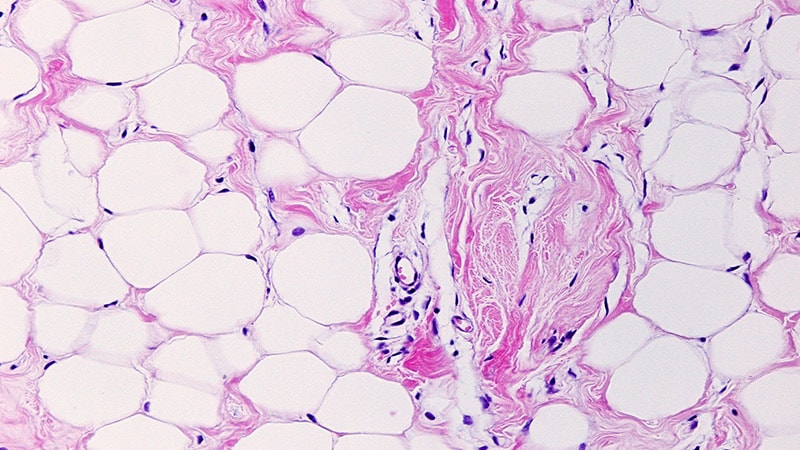By age 12 years, more than 14% of children have tried alcohol or tobacco, and religion, race, and income are the top predictors beginning to use these and other substances, new research suggests.
Aside from sociodemographic parameters, risk factors for substance use initiation include prenatal exposure to substances, peer use of alcohol and nicotine, and problematic school behavior, among other things, the study showed.
The results show certain modifiable risk factors may play a role in preventing youth from starting to use substances, study author ReJoyce Green, PhD, research assistant professor, Department of Psychiatry and Behavioral Sciences, Medical University of South Carolina, Charleston, South Carolina, told Medscape Medical News.
“If we’re designing, say, a prevention program or an early intervention program, these are things that could make a difference, so let’s make sure we’re bringing them into the conversation.”
The findings were presented on May 6 at the American Psychiatric Association (APA) 2024 Annual Meeting and published online in the American Journal of Psychiatry.
Critical Risk Factors
Use of alcohol, tobacco, and cannabis often begins during adolescence. One recent survey showed that 23% of 13-year-olds reported using alcohol, 17% reported vaping nicotine, and 8% reported vaping cannabis. Other research links younger age at substance use initiation to a more rapid transition to substance use disorders and higher rates of psychiatric disorders.
Previous studies examining predictors of substance use initiation in the Adolescent Brain Cognitive Development (ABCD) Study dataset focused primarily on self-reported measures, but the current study also looked at models that include hormones and neurocognitive factors as well as neuroimaging.
This study included 6829, 9- and 10-year-olds from the ABCD Study who had never tried substances and were followed for 3 years.
A sophisticated statistical approach was used to examine 420 variables as predictors of substance use initiation. Initiation was defined as trying any nonprescribed substance by age 12 years. ” That’s including a single sip of alcohol or puff of a cigarette,” said Green.
In addition to alcohol, nicotine, and cannabis, researchers looked at initiation of synthetic cannabinoids, cocaine, methamphetamine, and ketamine, among other substances.
Self-reported measures included demographic characteristics, self and peer involvement with substance use, parenting behaviors, mental and physical health, and culture and environmental factors.
The analytical approach used machine-learning algorithms to compare the ability of domains to identify the most critical risk factors. Magnitudes of coefficients were used to assess variable importance, with positive coefficients indicating greater likelihood of substance initiation and negative coefficients indicating lower likelihood of initiation.
By age 12 years, 14.4% of the children studied reported substance initiation. Alcohol was the substance most commonly initiated (365 individuals), followed by nicotine (94 individuals) and cannabis (40 individuals), with few or no children initiating other substances.
Both those who did and did not initiate substances were similarly aged, and most participants identified as White and non-Hispanic. But the substance-use group had a lower percentage of girls and higher percentage of White participants compared with the no-substance-use group.
The model with only self-reported data had similar accuracy in predicting substance use initiation (area under the curve [AUC], 0.67) as models that added resource-intensive measures such as neurocognitive tests and hormones (AUC, 0.67) and neuroimaging (AUC, 0.66).
Religious Predictors
The strongest predictors of substance use initiation were related to religion: Youths whose parents reported a religious preference for Mormonism were less likely to initiate substance use (coefficient, -0.87), whereas youths whose parents reported a religious preference for Judaism were more likely to initiate substance use (coefficient, 0.32).
The third top predictor was race: Black youths were less likely to initiate substance use (coefficient, -0.32). This was followed by youths whose parents reported a religious preference for Islam who were also less likely to initiate substance use (coefficient, -0.25).
The research examined over 15 different religious categories, “so we really tried to be expansive,” noted Green.
It’s unclear why some religions appeared to have a protective impact when it comes to substance use initiation whereas others have the opposite effect. Future research could perhaps identify which components of religiosity affect substance use initiation. If so, these aspects could be developed and incorporated into prevention and intervention programs, said Green.
Next on the list of most important predictors was being a part of a household with an income of $12,000-$15,999; these youths were less likely to initiate substance use (coefficient, 0.22).
Within the culture and environment domain, a history of detention or suspension was a top predictor of substance use initiation (coefficient, 0.20). Prenatal exposure to substance use was also a robust predictor in the physical health category (coefficient, 0.15).
Other predictors included: parents with less than a high school degree or GED (coefficient, -0.14), substance use availability (coefficient, 0.12), and age at baseline (coefficient, 0.12).
The study also showed that better cognitive functioning in selected domains (eg, cognitive control, attention, and language ability) is associated with a greater likelihood of substance use initiation.
Shaping Future Prevention
Applying these findings in clinical settings could help tailor prevention and early intervention efforts, said the authors. It might be prudent to allocate resources to collecting data related to self-, peer-, and familial-related factors, “which were more informative in predicting substance use initiation during late childhood and early adolescence in the present study,” they wrote.
Researchers will continue to track these children through to a 10-year follow-up, said Green. “I’m really curious to see if the factors we found when they were 12 and 13, such as those related to peers and family, still hold when they’re ages 17 and 18, because there’s going to be a huge amount of brain development that’s happening throughout this phase.”
The group that initiated substance use and the group that didn’t initiate substance use were not totally balanced, and sample sizes for some religious categories were small. Another study limitation was that the analytic approach didn’t account for multilevel data within the context of site and families.
Commenting for Medscape Medical News, Kathleen Brady, MD, PhD, distinguished university professor and director, South Carolina Clinical and Translational Research Institute, Medical University of South Carolina, said that the study is “critical and complex.” This, she said, is especially true as cannabis has become more accessible and potent, and as the federal government reportedly considers reclassifying it from a Schedule I drug (which includes highly dangerous, addictive substances with no medical use) to a Schedule III drug (which can be prescribed as a medication).
“The part that is the most frightening to me is the long-lasting effects that can happen when young people start using high-potency marijuana at an early age,” said Brady. “So, any information that we can give to parents, to teachers, to the public, and to doctors is important.”
She’s looking forward to getting more “incredibly important” information on substance use initiation as the study progresses and the teens get older.
The study received support from the National Institute on Alcohol Abuse and Alcoholism and the National Institute on Drug Abuse.










